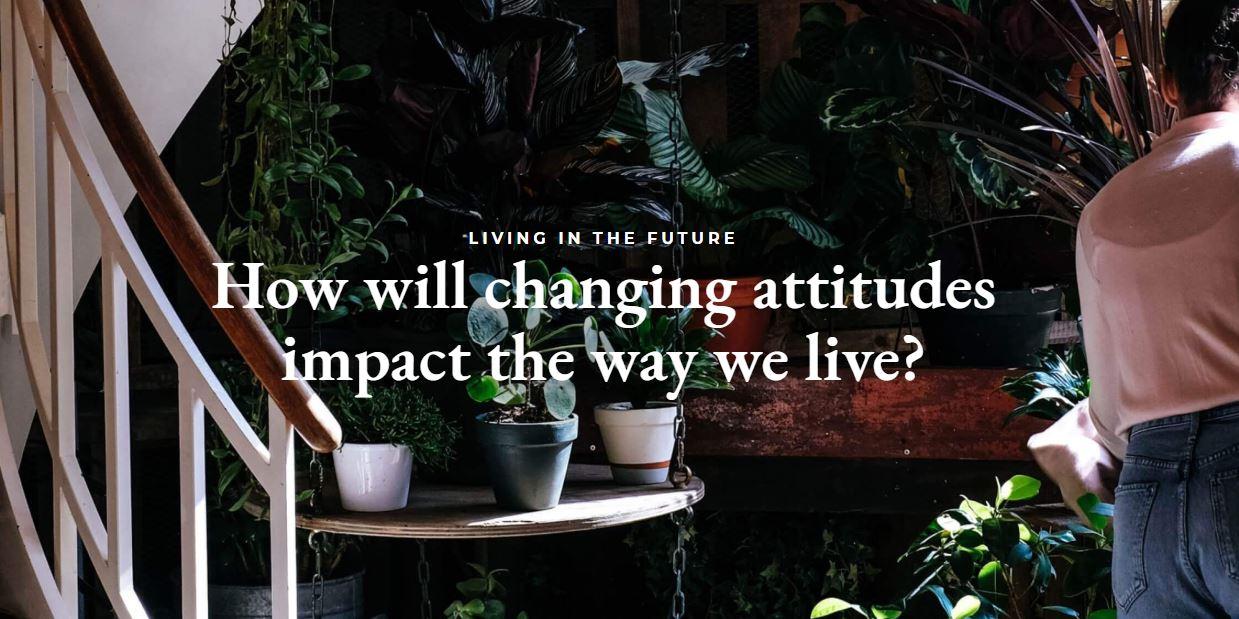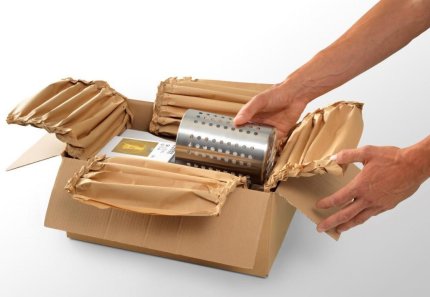The UK sends more household waste to landfill each year than any other country in the EU – 18.8 million tonnes, in fact.[i] And although we’re all aware of the need to recycle, as a country, our recycling rate has stagnated over the last few years[ii].
The amount of waste being produced by the UK has come under the spotlight recently as we begin to realise the adverse effect the things we use every day are having on the environment. The focus has mainly been on the damage plastic products can do, and how companies large and small are taking steps to replace it with options that don’t cause so much harm to the environment – the recent plastic straw ban is a good example.
There’s no denying that, as a society, we are changing the way we think about the environment surrounding us. The throw-away nature of the past is being replaced by a much more eco-friendly, sustainable way of thinking, as we come to terms with the increasing need to protect our planet.
Of course, thinking sustainably isn’t – and shouldn’t be – limited to smaller everyday items (coffee cups, plastic bags, straws); we are also beginning to think about how we can use sustainable methods to shape our buildings and interiors.
The expert opinion
To find out more about how the way we live and interact with our surroundings is changing, we spoke to two experts. Katie Treggiden is a craft and design writer with nearly 20 years’ experience and has shared with us her predictions for how the buildings we live and work in will change. Katie believes we will see new, sustainable building materials becoming the norm, and a focus towards more inclusive building design, known as “universal design”.
To find out about the future of interiors, we spoke to Tiffany Grant-Riley who works as a freelance interior stylist, writer and blogger. She also believes there will be a move towards sustainability, and that new materials will be chosen for their low environmental impact. Tiffany predicts there could also be more focus on re-purposing existing materials, telling us that, “Cheaper materials known for their strength, like cardboard, are already being used for furniture, dubbed as quick and easy to assemble alternatives.” Perhaps, then, the forts we built as children out of cardboard boxes are closer to a future reality than we thought possible… albeit a much more grown up one.
Take a look at all our experts’ predictions in full here: Living in the Future: How will new materials shape our world?
[i] http://enworks.com/landfill-2018
[ii] https://www.theguardian.com/environment/2018/jul/23/uks-plastic-waste-may-be-dumped-overseas-instead-of-recycled





















